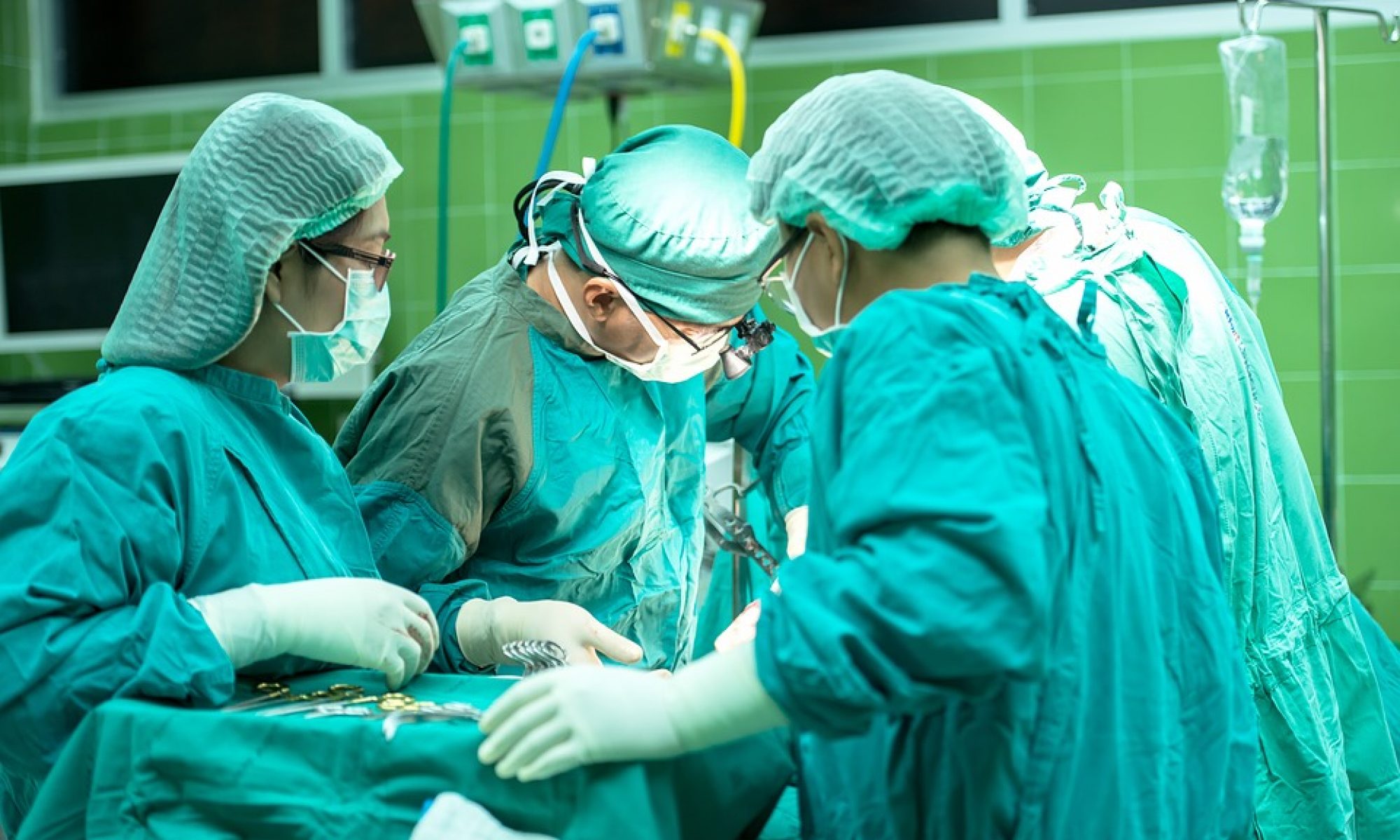Piedmont Healthcare executives, supply chain experts and clinicians huddled the night of Jan. 12 to mitigate one of the biggest supply chain disruptions the health system has encountered.
They had just gotten word that their primary supplier of surgical gowns, Cardinal Health, distributed potentially contaminated products. Around half of Atlanta-based Piedmont’s 11 hospitals were affected.
It sequestered the affected gowns as well as other supplies that Cardinal packaged them with. But the health system did not have to cancel any surgeries as it worked with Cardinal and other stakeholders to source alternatives.
“Not of this scale, but supply disruptions have been occurring for years,” said Joe Colonna, Piedmont’s vice president of supply chain. “The secret is having a good relationship with clinical folks and leadership—no one panicked.”
How the recall unfolded
Sept. 1, 2018 – Jan. 10, 2020: Gowns shipped to hospitals
Dec. 10, 2019: Cardinal receives a tip that Siyang HolyMed, one of its manufacturers in China, used two unauthorized sites to produce the gowns
Dec. 20, 2019: Cardinal confirms the tip in an on-site inspection; stops doing business with Siyang and halts exports
Jan. 7, 2020: Cardinal places a hold on several SKUs
Jan. 10, 2020: Unable to identify specific gowns from the unauthorized plants, Cardinal puts a hold on all lots from Siyang and notifies the Food and Drug Administration
Jan. 21, 2020: Cardinal issues recall notice
Cardinal said that 2,807 facilities around the world received gowns that may have been contaminated at a manufacturing plant in China. The wholesale distribution giant recalled 9.1 million gowns, 7.7 million of which were distributed to hospitals, ambulatory surgery centers and labs from Sept. 1, 2018, to Jan. 10, 2020, Cardinal estimated in a Jan. 21 notice that warned of possible surgical-site infections. Executives said they sincerely apologize and that patient safety is their top concern.
As more manufacturing occurs overseas, these issues will likely persist. It’s difficult to ascertain where first-line suppliers get their materials, said Dr. Marcus Schabacker, CEO of the ECRI Institute. Things get cloudier as the supply chain adds links.
Piedmont is creating a long-term mitigation strategy in case manufacturers can’t sustain higher production levels. In the meantime, it aims to develop a more strategic, and less transactional, relationship with suppliers. The goal is to shed some light on where materials are sourced and how products are made to identify vulnerabilities, Colonna said.
ECRI hasn’t heard of critical shortages or a delay of lifesaving procedures as a result of the recall, so the initial supply chain disruption seems to have been mitigated, Schabacker said.
“But can it happen tomorrow with a different product? Totally,” he said. “Hopefully stakeholders take this as a red flag.”
Cardinal and the Food and Drug Administration said they were not aware of any cases of patient harm at this time. But pinpointing the source of an infection can be tricky, Schabacker said.
“We don’t know if it really started in September or before,” he said. “There is clearly a potential for it to be widespread.”
Cardinal received a tip on Dec. 10, 2019, that one of its manufacturers, Siyang HolyMed in China, was using two unauthorized sites to produce AAMI Level 3 surgical gowns, which are used for procedures like open-heart surgery and knee replacements. The company confirmed the tip during an on-site investigation on Dec. 20, and immediately stopped doing business with Siyang and halted imports.
The gowns had increased bioburden levels, which identifies and quantifies bacteria before sterilization, but the exact amounts are unknown. The windows at the inspected site were open, it lacked appropriate hand-washing stations, food was in the manufacturing area and the door wasn’t secure, the company said.
The gowns are shipped to sterilization sites after they are made. But Cardinal cannot ensure the products are sterile because of their unquantified exposure to bacteria while they were made.
Beyond bacteria, the gowns may have had organic matter that could be deadly, Schabacker said.
Cardinal placed a hold on several SKUs on Jan. 7. It then determined that it could not differentiate the product that came from the two unauthorized sites and other Siyang facilities, so it put all lots on hold on Jan. 10, notified the FDA and sent notices to customers.
Cardinal, which has replaced products at no cost and deployed employees to help providers, maintained that it acted as it gathered information and determined the scope of the problem.
Johnson City, Tenn.-based Ballad Health canceled about 200 elective surgeries while Allegheny Health Network in Pittsburgh said it had to cancel about a dozen. Services at both institutions resumed promptly. Five other providers Modern Healthcare contacted said there was minimal or no impact.
Hospitals are going through their infection-control protocol and reviewing quality data while Cardinal is reviewing complaints and tests bioburden levels. The company is considering monetary compensation for providers.

